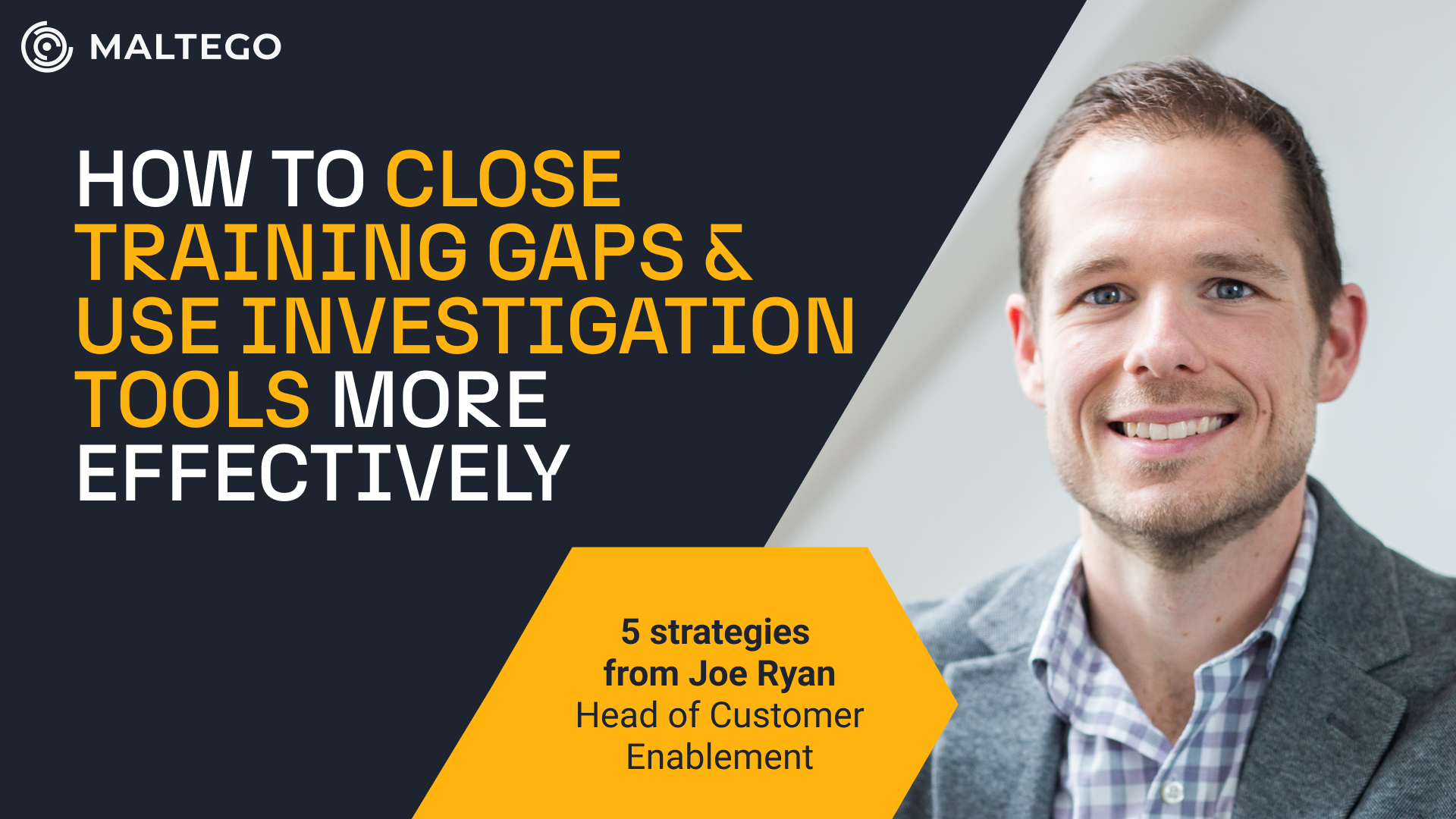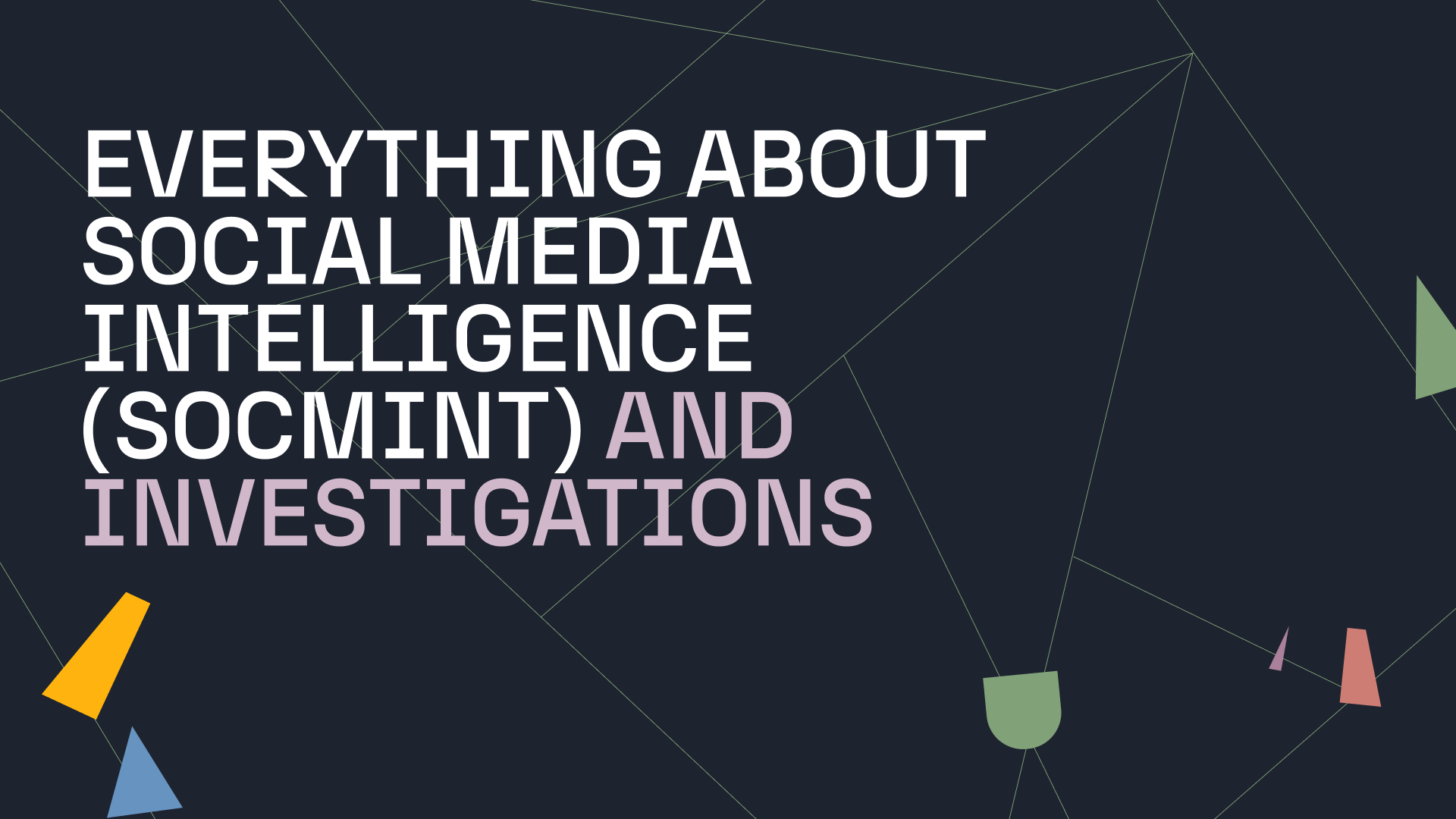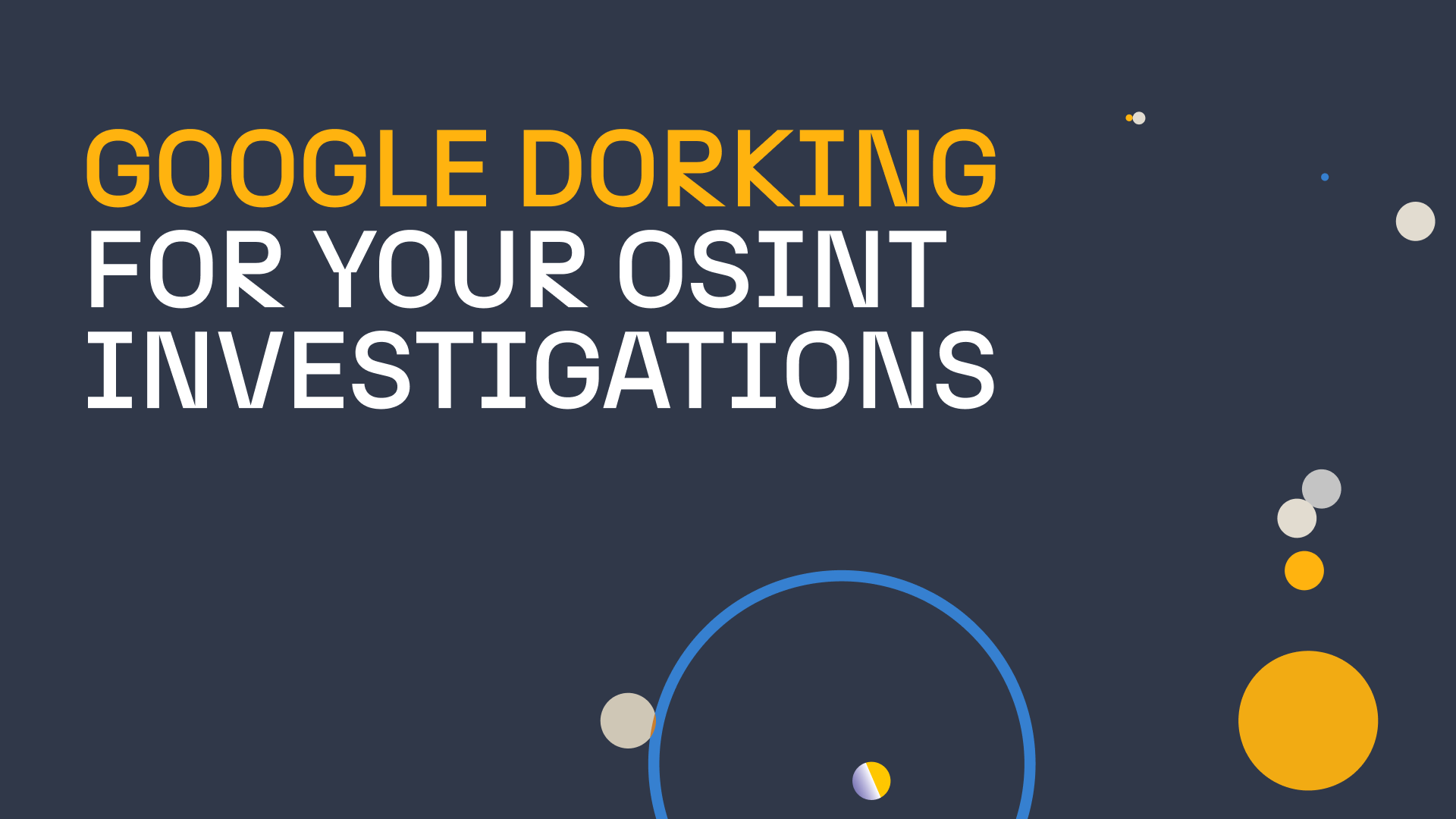With the prevalence of social media, platforms like Facebook, Instagram, Snapchat, and TikTok are rapidly becoming indispensable reservoirs of legally admissible data for attorneys and prosecutors.
In the past five years, subpoenas to social media companies have been issued in various arenas, including:
- Criminal investigations where law enforcement seeks information such as user account details, messages, posts, and other relevant information that could aid in solving crimes.
- National security and intelligence where intelligence agencies monitor potential threats, identify individuals involved in terrorism or espionage, and/or track online radicalization or extremist activities.
- Civil litigation where social media evidence is used in lawsuits related to defamation, intellectual property disputes, employment discrimination, and personal injury claims.
And many other cases involving regulatory compliance, misinformation, data privacy, and more.
In criminal cases, subpoenas compel social media companies to disclose records or information on their customers and users that are critical to building a case against a suspect or which shed light on criminal activities. This includes information such as user account details, private messages, IP addresses, and more.
While prosecutors often use a subpoena to acquire social media data, some of the information can already be obtained using open source intelligence (OSINT).
In this article, we will discuss how OSINT helps build a criminal case and provide a cheat sheet of OSINT tools and techniques you can use to gather social media intelligence.
Table of Content 🔗︎
Establishing Relevance is Key to Building Your Case 🔗︎
Subpoenas to social media companies are often under scrutiny because the disclosure of information can potentially infringe upon an individual’s right to privacy.
Specifically, there are two primary challenges that prosecutors face when building a case for subpoena:
- Relevance
- Information Gathering
Relevance 🔗︎
It is important to identify what is absolutely necessary to justify a subpoena request. Prosecutors must justify the scope of the subpoena and prove the relevance between the criminal case and the information requested.
For example, prosecutors must prove that the suspect in question is using a user account, perhaps through images, posts, or location pings that indicate involvement in certain criminal activities.
Information Gathering 🔗︎
Once you identify the information needed to build a subpoena request, the second challenge is finding the information in the vast ocean of online social media data. The smoking gun can easily be hidden—or worse, be deleted—from plain sight.
Use OSINT to Gather Data In Addition to Subpoenas 🔗︎
Open source intelligence (OSINT) is highly valuable for law enforcement in building subpoena cases. It provides access to a wide range of publicly available information which supports evidence collection, suspect identification, and information verification. While the use of OSINT in law enforcement faces discussions, OSINT helps investigators cross-reference and corroborate data, trace digital footprints, and proactively prevent and prosecute crimes—all in a cost-effective and efficient manner.
As a sub-discipline of OSINT, social media intelligence (SOCMINT) is especially crucial.
SOCMINT includes all social media platforms, not only social networking sites. Social networking sites, like Facebook and LinkedIn, only make up one portion of the platforms that can be used to gather data. Information can also be found on media-sharing sites like Instagram, forums like Reddit, image-sharing sites like Pinterest, video-sharing sites like YouTube, microblogging platforms like Twitter, social gaming platforms like Xbox Live, and blogs created using platforms like WordPress.
While prosecutors often use a subpoena to acquire social media data, some of the information can already be obtained using SOCMINT to make advances in the investigations and order subpoenas for the most crucial piece of the puzzle.
SOCMINT Data That Helps Build Your Case 🔗︎
Law enforcement uses subpoenas to social media company to identify suspects. However, for the subpoena requests to be approved, you must establish relevance of the subpoena with the case at hand.
Most of the information you need to build your case can be found using SOCMINT. Moreover, some of the information that normally comes from subpoenas can also already be obtained via SOCMINT.
Here’s a list of social media data that you can gather via SOCMINT to build your case:
- User Account Details: Information such as username, alias, registration date, birth date, and other account information if available.
- Friends and Connections: Details of inter-profile connections, friends, followers, and followings of the relevant user account(s).
- Groups and Communities: Groups, forums, and communities on the social media platforms that the relevant user account(s) participates in.
- Timestamps: Timestamps of relevant actions, messages, posts, and images made by or published by the relevant user account(s).
- Location: Locations of specific posts or content published, or locations indicated by the relevant user account(s).
- Images and Videos: Images and videos relevant to the case or as supporting evidence.
- Posts: Content posted on social media feeds (such as a Facebook post, a Twitter Tweet, or an Instagram Story) that is relevant to the case or as supporting evidence.
- Post Engagement: Likes, comments, and sharing of social media posts might provide insight to people related to the suspects or involved in the criminal activities.
- Erased or Historical Online Personas: Make note of online profiles or accounts that might be deleted or outdated, which might still provide helpful data.
- Other Digital Movements and Metadata: Additional digital activities, histories, and metadata that can support identifying accomplices.
We’ve also compiled this into a PDF that you can take with you.
Please note that these are only a few things prosecutors can ask for. The evidence required as well as the requested data will depend mainly on the type and purpose of the investigation. The approval of subpoena requests highly depends on the court’s judgment and jurisdiction. Some companies might not comply with subpoena requests due to the legislation they adhere to, the jurisdiction they are based in, or their own company policies. Some social media companies, like WhatsApp (owned by Meta), are aware that access to certain information can prevent harm to the life or well-being of a person or a child. Other companies like Telegram, however, are not as cooperative with law enforcement. It is advisable to research the legal and compliance guidelines of relevant social media companies when preparing for subpoena requests.
How to Gather These SOCMINT Data for Your Case 🔗︎
Knowing which data to gather is the first step. Most importantly, where can you find all the SOCMINT data above?
In social media investigations, it is important to understand:
- The available social media platforms and how users typically interact on those platforms: For example, users on Instagram typically share images or videos, whereas Twitter users largely stick to text.
- Connections between certain accounts and platforms: For example, a Google user account is also connected to Gmail and YouTube.
- Metadata relevant and available on those platforms: For example, we are not simply looking for a username on Facebook, but also social connections of the target to search for additional profiles or suspects.
Resources like the OSINT Framework or OSINT Dojo are great places to learn about how data is related and how you can move through an OSINT investigation knowing that you’ve explored and pivoted to all the crucial data points.
Additionally, there are a few advanced tools and techniques that you can use to gather as much social media data as possible:
- Google Dorking: Also known as advanced Google searching, dorking involves using specialized search operators and techniques to find specific information on the internet
- Breached Data: These databases include data like breached passwords, email addresses, usernames, and the platforms these user information connects to.
- Reverse Image Search: Find the original source or similar images on the internet using and image as the search input.
Download the Cheat Sheet and Try Them out Now! 🔗︎
In this cheat sheet, our SOCMINT expert put together a helpful list of:
- 13 Google Dorks
- 3 Breach Databases
- 2 Reverse Image Search Workflows
Download the resource
We hope you find this cheat sheet practical for your social media investigations by understanding how to build a relevant and comprehensive case for your subpoena request, incorporating the techniques and SOCMINT data sources mentioned above.
Don’t forget to follow us on Twitter, LinkedIn, Mastodon, and sign up to our email newsletter, so you don’t miss out on updates and news!
Happy investigating!
About the Author 🔗︎
Daphnée Aguilar 🔗︎
Daphnée is a Criminologist with more than 10 years of experience as an Intelligence Officer. She specialized in developing actionable intelligence for identifying, preventing, and neutralizing threats and risks from Transnational Organized Crime. Driven by the feminist movement, her last research was on the Effects of Gender and Racial Bias on Gender-Based Violence Policies. She considers herself a professional taco taster.









